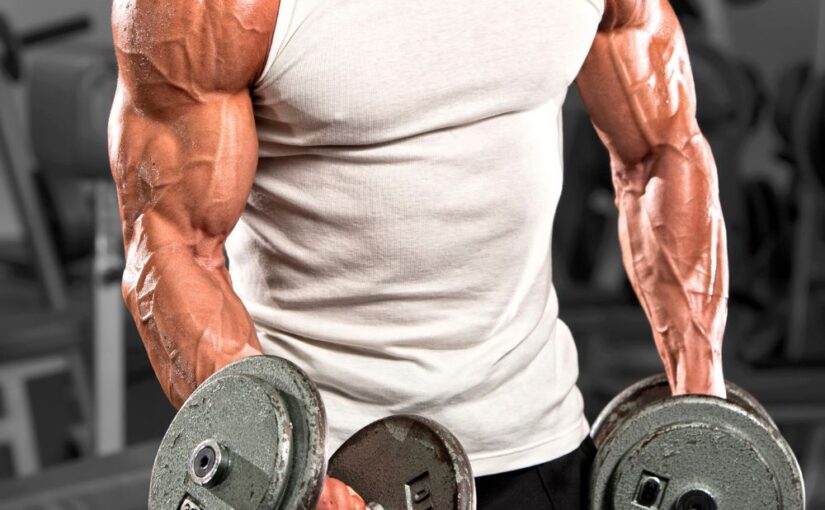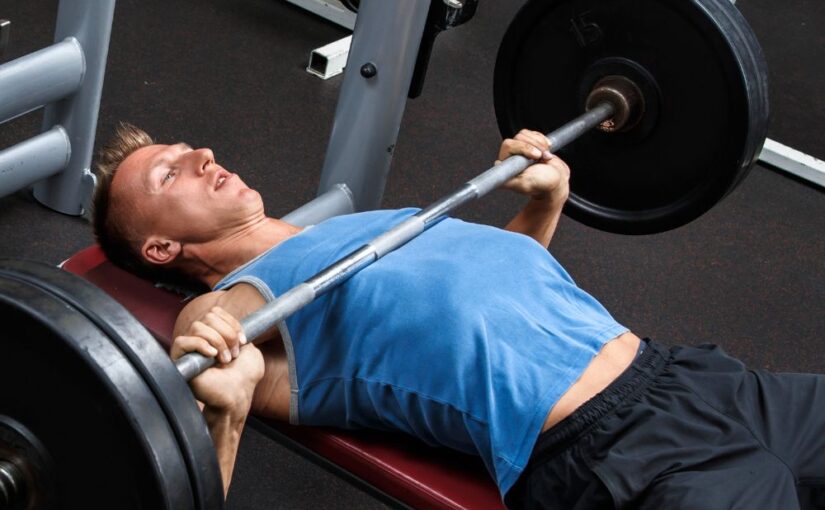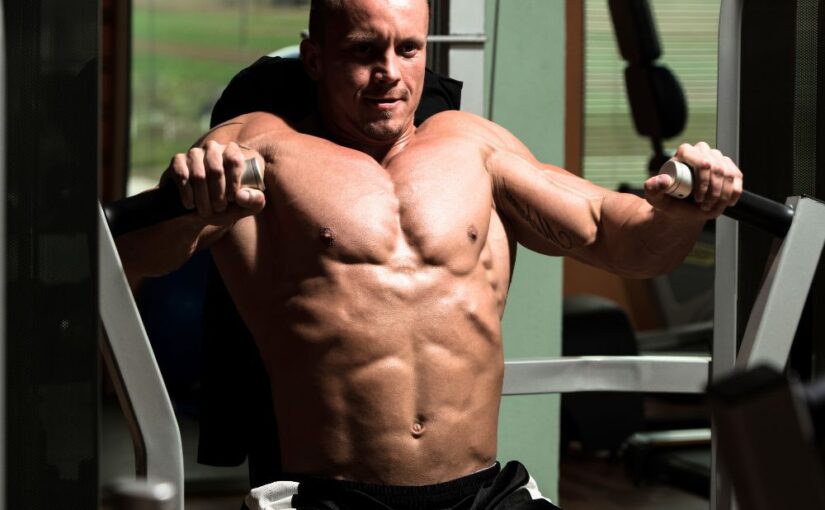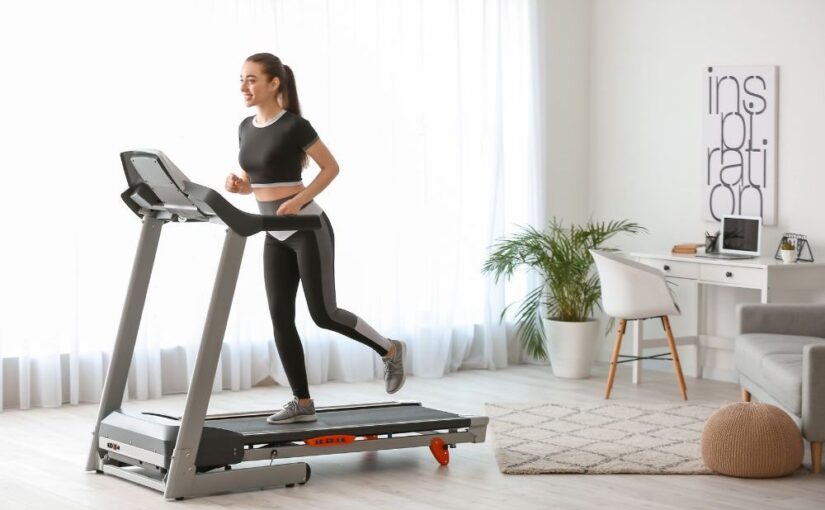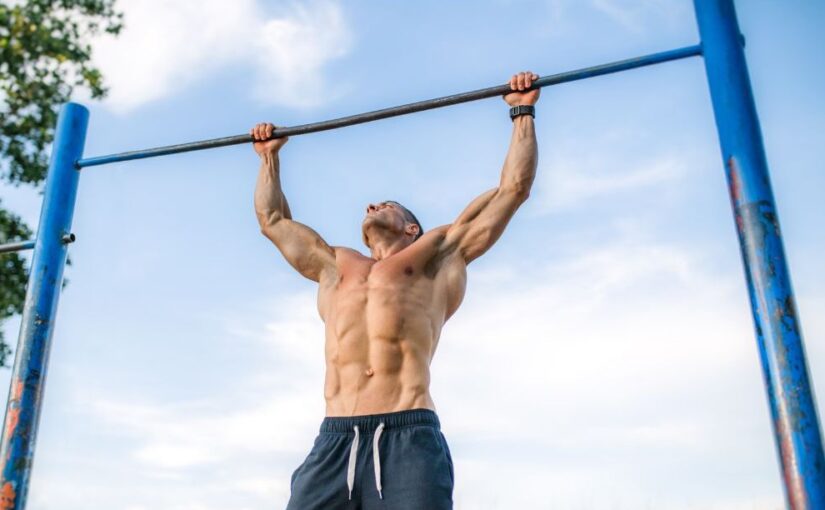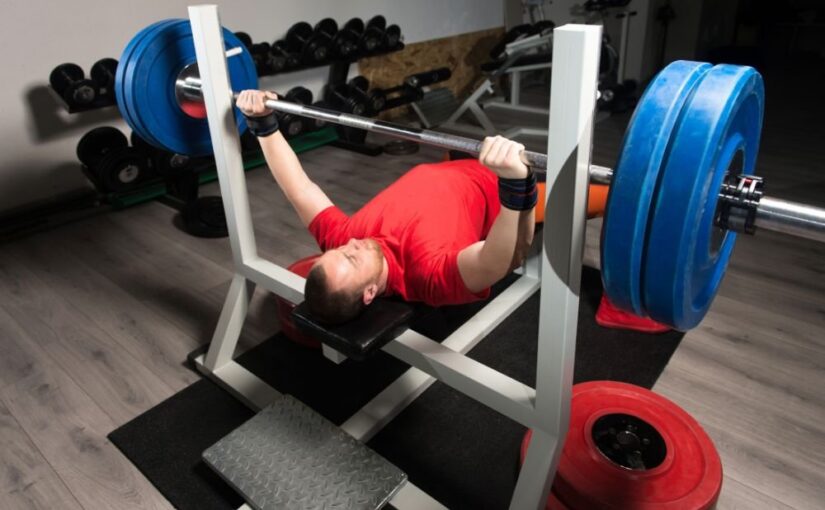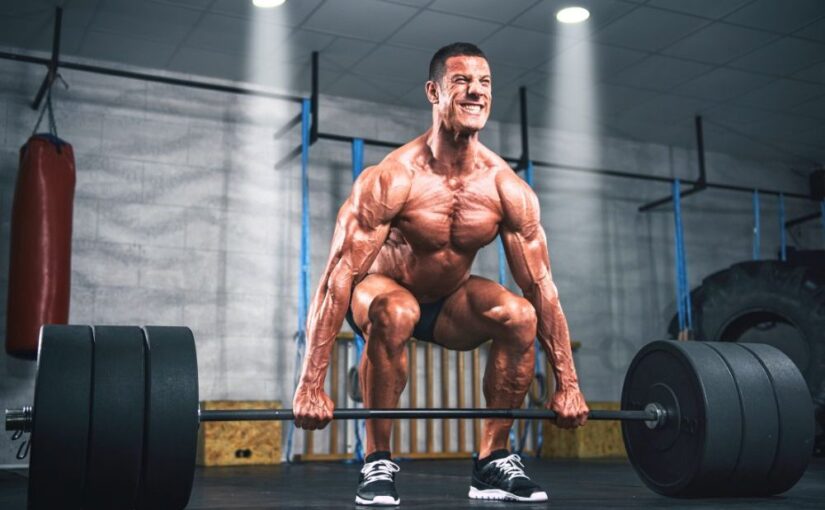When it comes to strength training, the debate surrounding the role of accessory exercises often arises. Many lifters focus primarily on compound movements like squats, deadlifts, and bench presses, which are known for building strength. However, supporting exercises that complement these main lifts—known as accessory lifts—also play a critical role in any training regimen. This article explores how they contribute to both muscular development and strength gains.
Understanding Accessory Lifts
These supporting exercises target specific muscles or movement patterns. Typically performed with lighter weights, they are designed to assist primary lifts by improving muscular imbalances, enhancing stability, and increasing endurance. Examples include:
- Bicep curls
- Tricep extensions
- Lunges
- Dumbbell rows
- Shoulder raises
Accessory Movements for Muscle Growth
1. Targeted Muscle Development
Accessory movements can significantly aid in hypertrophy by isolating muscles and allowing for targeted fatigue. This leads to greater muscle breakdown and, ultimately, growth. When included regularly, they help ensure all muscle groups are stimulated for balanced development.
2. More Time Under Tension
Many of these exercises emphasize slow, controlled movement, increasing time under tension—a key component of hypertrophy. This approach increases metabolic stress and promotes muscle gain.
3. Increased Variety
Adding variation through secondary lifts keeps your workouts engaging and helps break through plateaus. By challenging the body in new ways, you continue progressing over time.
Strength Benefits of Accessory Work
1. Support for Bigger Lifts
These exercises strengthen the muscles involved in compound lifts. For example, lunges and hamstring curls can support squat performance, while rows build the back for stronger deadlifts.
2. Correcting Weak Points
Weak or underdeveloped muscles can limit progress. These focused exercises address imbalances, improve stability, and prevent injury—factors that directly impact strength gains.
3. Enhanced Technique
These supplementary exercises contribute to better form in your main lifts by reinforcing movement patterns and increasing joint stability, which makes heavy lifting more efficient and safer.
Programming for Balance
1. Smart Integration
To reap the benefits of both strength and size, integrate secondary lifts into your routine strategically. Use them after compound movements or as part of a split training day.
2. Effective Programming
- Reps and Sets: Use higher reps (8–12) for hypertrophy or lower reps (3–6) with heavier loads for strength.
- Frequency: 2–3 times per week is effective, targeting different muscles in each session.
3. Adjust Based on Feedback
Monitor how your body responds. If you notice signs of overtraining or lack of progress, reassess your approach and modify intensity or volume accordingly.
TL;DR: Accessory lifts are key to enhancing both hypertrophy and strength. These exercises target specific muscle groups, improve stability, and correct muscle imbalances, complementing compound lifts. By incorporating accessory lifts into your routine, you can boost muscle growth, refine your form, and elevate overall performance in your primary lifts. For optimal results, balance accessory lifts with your main exercises, adjust weight and reps based on your goals, and listen to your body.
Conclusion
Accessory lifts aren’t just supplementary; they’re crucial for developing strength and muscle. When programmed correctly, they address weak links, improve stability, and support progress in your compound lifts. For best results, create a balanced training plan that blends both primary and supporting exercises.
Frequently Asked Questions (FAQ)
Accessory lifts, such as bicep curls and tricep extensions, target specific muscle groups to complement compound lifts. Typically performed with lighter weights, these exercises help address muscle imbalances, enhance stability, and promote muscle growth.
Accessory lifts promote hypertrophy by isolating specific muscles, allowing for greater muscle fatigue and damage. These exercises focus on individual muscle groups, which leads to targeted growth and better overall muscle development.
Yes, accessory lifts are essential for improving strength. They help stabilize and strengthen muscles involved in compound lifts, correct muscle imbalances, and enhance technique, ultimately supporting better performance in primary lifts like squats or deadlifts.
Accessory lifts should be incorporated into your training routine 2-3 times per week. Focus on different muscle groups each session to ensure balanced development and avoid overtraining.
Absolutely! Accessory lifts are highly beneficial for beginners as they help build a solid foundation of strength, improve muscle imbalances, and refine lifting technique. They also help in preventing injury while enhancing performance in more advanced compound lifts.
Home Gym Equipment for Accessory Exercises
Here are some products to enhance your supplementary exercises and overall fitness routine:
- Dumbbells
Dumbbells are versatile and essential for accessory lifts like bicep curls, tricep extensions, and shoulder raises. - EZ Curl Bar
An EZ curl bar is ideal for exercises targeting the arms, such as curls and tricep extensions, while providing a more ergonomic grip. - Cable Attachments for Gym
Cable attachments allow you to perform a variety of exercises, including tricep pushdowns, face pulls, and cable rows. - Functional Trainer
A functional trainer is perfect for adding versatility to your workout routine, with adjustable pulleys for a wide range of exercises.
Disclaimer
The above are affiliate links. We may earn a small commission at no additional cost to you if you choose to make a purchase.

